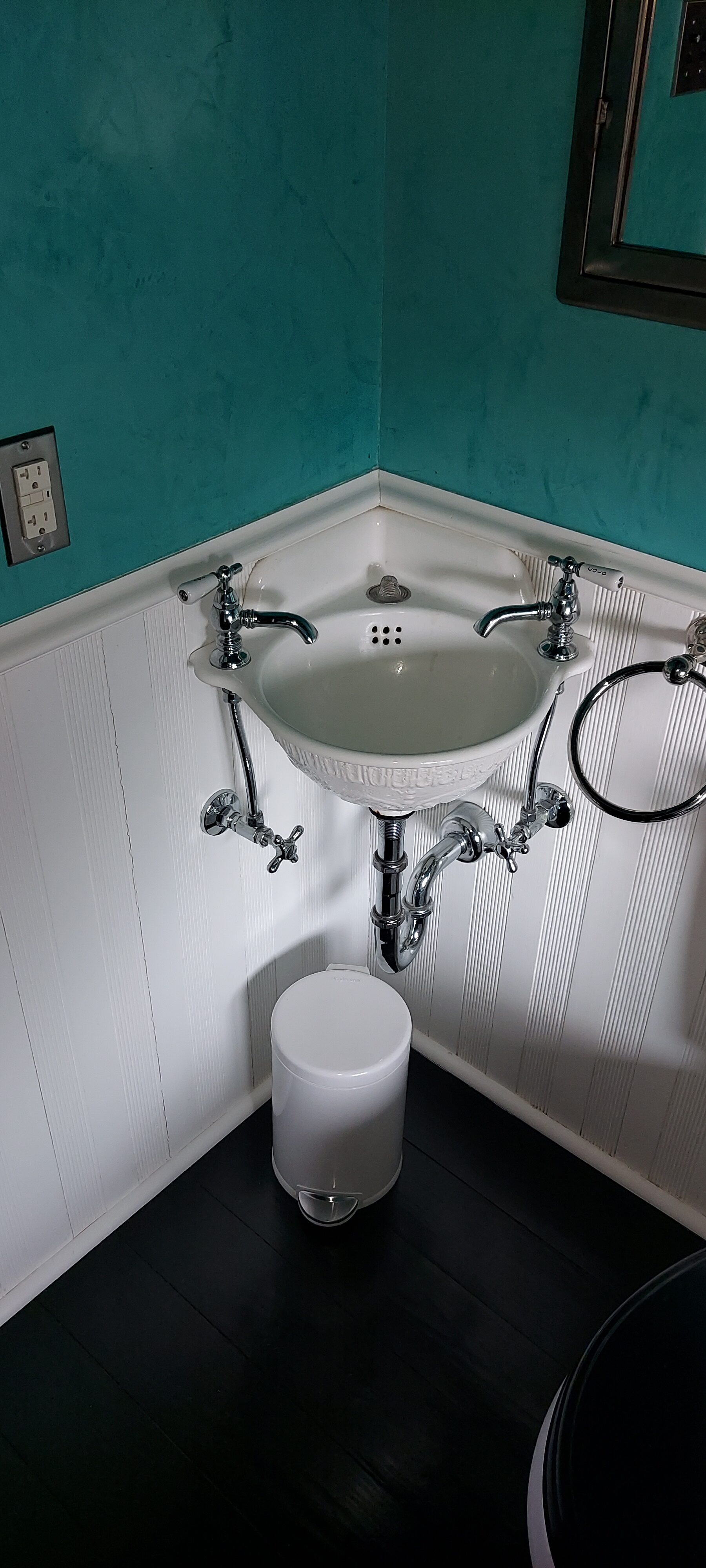When I am giving my full attention to someone and connecting with them in the ghost arena an individual is often in distress. My intention is to understand what is going on in the visible and invisible. Afterwards I am often exhausted, and my blood pressure is elevated.
This is a research article created by the Windbridge Research Center in Tuscon Arizona.
“The mission of the Windbridge Research Center is to ease suffering around dying, death, and what comes next by performing rigorous scientific research and sharing the results and other customized content with the general public, clinicians (like medical and mental health professionals), scientists (like researchers and philosophers), and practitioners (like mediums).”
Background
Early on in our research, we noticed what seemed like a higher-than-normal rate of reported health issues like autoimmune disorders in the Windbridge Certified Research Mediums on our team. We wondered if performing mediumship readings caused physical stress to the body.
HemPhys Study
We designed a study to examine 28 different blood (hematological) factors and basic physio-logical measures (e.g., blood pressure, heart rate, temperature) in five female Windbridge mediums (average age: 53 yrs) during readings compared to during a control condition. Our codename for this project was the HemPhys Study.
We didn’t see any significant differences between readings and control conditions in the mediums’ hematological elements or physiological variables. That is, the individual readings did not cause detectable physical changes in the mediums’ blood or physiology (Beischel, Tassone, & Boccuzzi, 2019).
Those findings caused us to wonder if the disease prevalence was specific to the 20 mediums on our team or if it was a characteristic of mediums in general.
Survey Study
As part of a much larger online survey study, we collected health-related responses from 125 mediums (111 self-identified and 14 Windbridge mediums) and 222 non-mediums (Beischel, Tassone, & Boccuzzi, 2019). There were no statistically significant differences between the mediums and non-mediums in age (54.0 vs. 56.0 yrs); gender identity (91.7% vs. 85.5% female); or race (93.0% vs. 95.1% white); their only real difference was whether or not they were mediums.
We asked the mediums and non-mediums if they’d ever been diagnosed by a healthcare professional with any of 25 listed autoimmune disorders. A significantly higher proportion of mediums reported having been diagnosed with at least one disorder (35.2% vs. 18.9%; p<0.001). The diseases most often reported by the mediums were Hashimoto’s thyroiditis (11.2%), inflammatory bowel disease (Crohn’s disease or ulcerative colitis, 7.2%), psoriasis (7.2%), and Rheumatoid arthritis (5.6%). The disease reported by the most non-mediums was Hashimoto’s thyroiditis (5.0%).
In a second survey item, we asked the mediums and non-mediums to mark any health issues on a list of about 80 ailments that they’d experienced in the last five years. The mediums reported experiencing a significantly greater number of health issues (8.08 vs. 5.09 symptoms; p < 0.000001).
Specifically, significantly more mediums than non-mediums (all p<0.004) reported:
• water retention or edema (19.2% vs. 5.0%),
• bruising easily (20.0% vs. 9.0%),
• headaches/migraines (26.4% vs. 11.3%),
• asthma (20.0% vs. 9.0%),
• food intolerances (28.0% vs. 9.9%), and
• sleep disturbances (40.8% vs. 14.9%).
Conclusions and Future Directions
Mediums (n=125) reported a significantly higher prevalence of autoimmune disorders and a significantly higher general disease burden than non-mediums (n=222) in an online survey. Mediums and the clinicians responsible for their healthcare may want to be aware of the ailments reported as common in this study. In addition, findings from the HemPhys Study demonstrated that the mediumship process itself may not be responsible for the increased health issues in mediums.
Following the finding that childhood adversity has been linked to adult disease in the general population (e.g., Felitti et al., 1998), the scores from these mediums and non-mediums on a standard measure of childhood trauma and abuse were also compared. In at least some cases, childhood trauma might result in both an increased capacity for mediumistic perceptions as well as an increased risk of developing physical disease. These results will be shared in a future Fact Sheet.
The link below is to a free, peer-reviewed online, open access journal that Windbridge provides to the public.
Threshold: Journal of Interdisciplinary Consciousness Studies (TJICS) – Windbridge Research Cent
References and Further Reading
Beischel, J., Tassone, S., & Boccuzzi, M. (2019). Hematological and psychophysiological correlates of anomalous information reception in mediums: A preliminary exploration. EXPLORE: The Journal of Science & Healing, 15(2), 126–133. doi: 10.1016/j.explore.2018.04.009
Felitti, V. J., Anda, R. F., Nordenberg, D., Williamson, D. F., Spitz, A. M., Edwards, V., & Marks, J. S. (1998). Relationship of child-hood abuse and household dysfunction to many of the leading causes of death in adults: The Adverse Childhood Experi-ences (ACE) Study. American Journal of Preventive Medicine, 14(4), 245-258.
Windbridge Research Center (WRC). (2017). Testing mediums’ accuracy under controlled laboratory conditions [fact sheet]. http://www.windbridge.org/factsheets/WRC_accuracy.pdf






